The construction of high temperature resistant castables is carried out by vibration method, which is widely used, including the construction of dry vibration materials. Do you know the correct use method of high temperature resistant castables?
1. Preparation before construction
According to the design dimension requirements, the construction quality of the previous process shall be checked and accepted, and the boiler construction site shall be cleaned.
The forced mixer, plug-in vibrator, handcart and other machines and tools are transported to the boiler construction site, installed in place, and the test run is normal. The following table shows the technical indicators of plug-in vibrator. It should be pointed out that the forced vibrating rod used for the mixer should be of high frequency and there should be enough spare parts.
The formwork shall have sufficient strength and rigidity, even if it is transported to the boiler construction site; The lighting power is connected, and the clean water is connected to the front of the mixer.
High temperature resistant castables are generally packaged in bags. Materials such as anchor bricks, connectors, insulating refractory bricks, calcium silicate boards, asbestos boards, refractory clay bricks and burner bricks should be transported to the boiler construction site at any time as required.
When chemical binding agent is used, its concentration or density shall be adjusted in advance and transported to the boiler construction site for use. Before use, it shall be stirred evenly again.
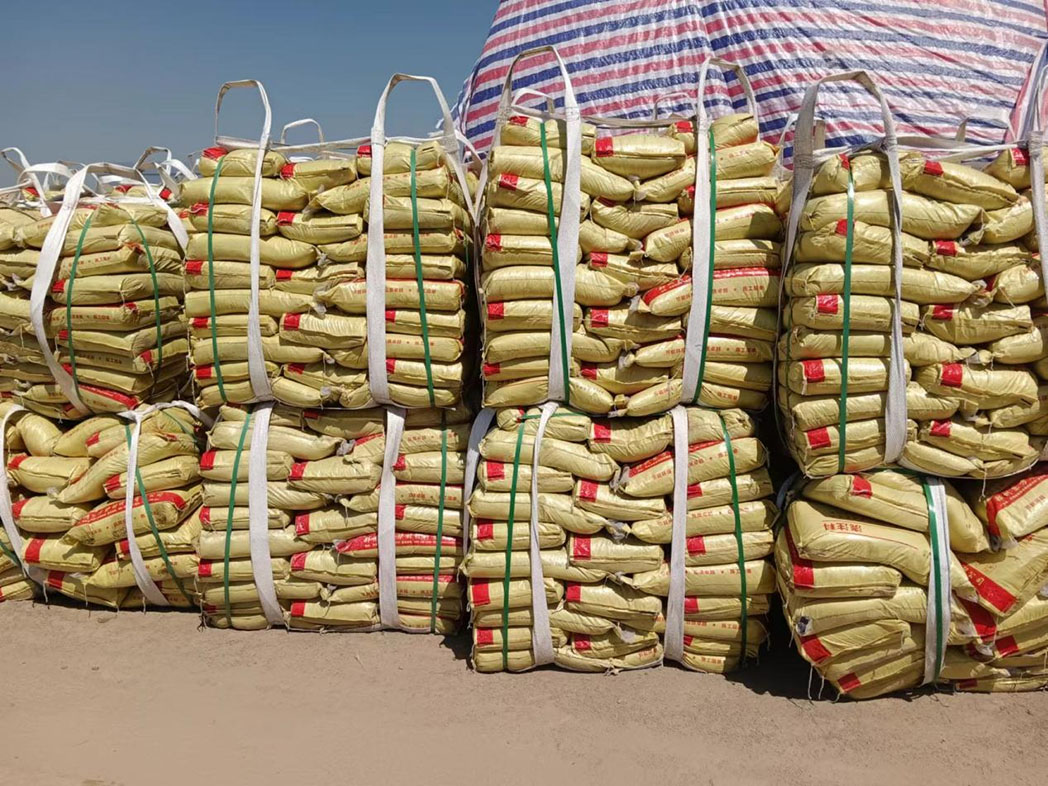
2. Verification of construction mix proportion
Before construction, the bagged high temperature resistant castables and their additives shall be sampled and tested according to the requirements of the design drawings or the manufacturer's instructions, and the main properties shall be inspected. When the high temperature resistant castable fails to meet the design requirements, the material shall be replaced as early as possible without carelessness. Therefore, this work is very important. Since the purchase of high temperature resistant castables, attention should be paid to their performance indicators. The qualified products shall be used as the construction mix proportion of the boiler construction site according to the conditions of the boiler construction site and the storage time of the materials.
3. Laying and formwork of thermal insulation layer
For vibration construction of high temperature resistant castables, this work also belongs to construction preparation.
Before the construction of high temperature resistant castable furnace wall, firstly lay asbestos board, calcium silicate board or refractory fiber felt, install metal connectors, place anchor bricks, and secondly lay insulating refractory bricks or pour light high temperature resistant castables; The third is to erect formwork. The working surface of the formwork shall be coated with oil or stickers first, and then close to the working end face of the anchor brick for support. The height of formwork erected each time is 600~1000mm, so as to facilitate loading and vibration molding. In case of fetal membrane, the fetal membrane shall be first supported, and then the formwork shall be erected. The surface of the thermal insulation layer shall be paved with plastic film to prevent it from absorbing water and affecting the performance of the castable.
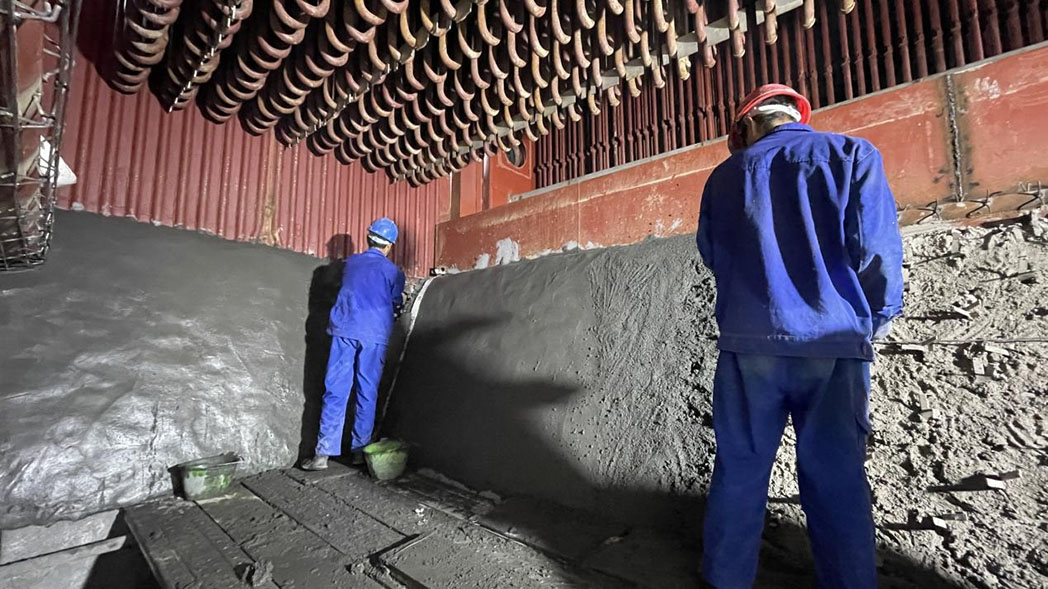
When the furnace wall is high, the insulation layer should also be built in layers to prevent the pouring of the insulation layer when the pouring material vibrates.
During the construction of refractory castable furnace top, the whole formwork shall be firmly erected and then oiled according to the design dimension requirements; Then hang the hanging bricks on the lifting beam with metal connectors. Some connectors need to be fixed with wooden wedges, while others do not need to be fixed. The hanging bricks shall be placed vertically with the furnace lining working face. The distance between the bottom end face and the formwork face is 0~10mm, and the end face of the hanging bricks with more than 60 percentage points shall contact the formwork face. When the spacing is greater than 10mm, the metal connectors shall be adjusted to meet the requirements. In case of holes, the membranes shall also be firmly installed, and then the formwork shall be erected.
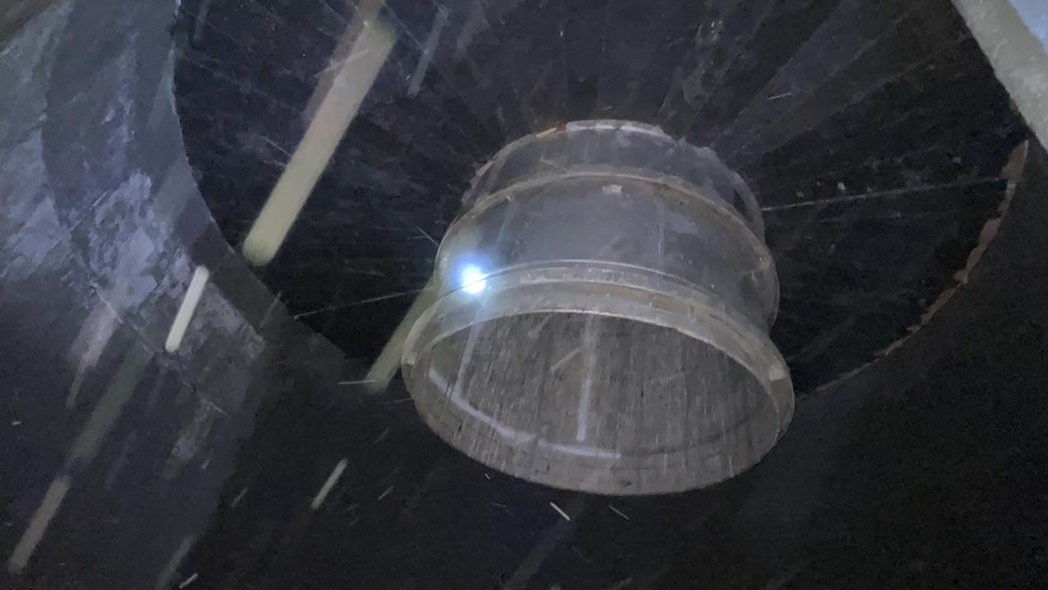
4. Mixing
Compulsory mixer shall be used for mixing. When the amount of material is small, it can also be mixed manually. The mixing of high temperature resistant castables is different due to different varieties; For bag loading or refractory aggregate and cement, the allowable error is ± 1.0 percentage points, the allowable error for additives is ± 0.5 percentage points, the allowable error for hydrated liquid binder is ± 0.5 percentage points, and the dosage of additives should be accurate; All kinds of raw materials shall be poured into the mixer after weighing without omission or addition.
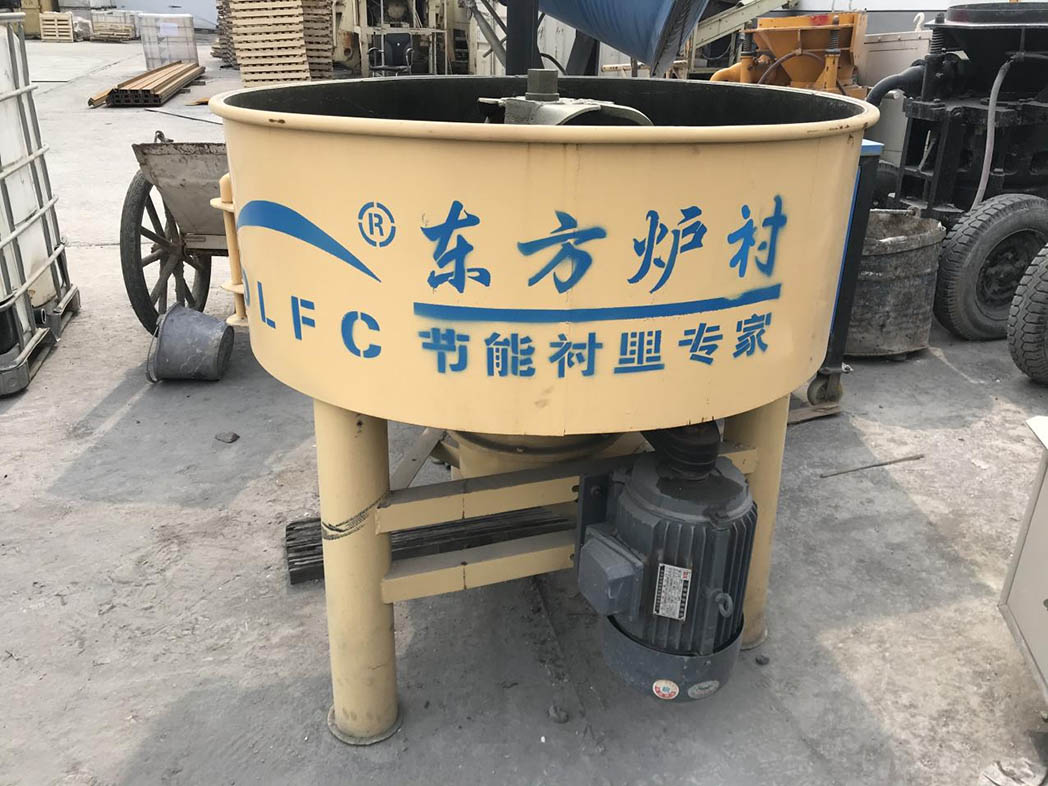
For the mixing of high temperature resistant castables such as cement, clay bonding and low cement series, first pour the bag loading, additives and additives into the mixer to form bulk materials, and then dry mix them for 1.0min, and then add water to wet mix them for 3-5 min after they are uniform. Discharge them after the color of the materials is uniform. Then it is transported to the palm and cloth is started.
For the mixing of sodium silicate high-temperature resistant castable, the raw materials or granules can be put into the mixer for dry mixing, and then the sodium silicate solution is added for wet mixing. After the granules are wrapped by sodium silicate, the refractory powder and other materials are added. The wet mixing is about 5min, and then the materials can be discharged for use; If the dry materials are mixed together, pour them into the mixer for dry mixing for 1.0min, add 2/3 sodium silicate solution for wet mixing for 2-3min, and add the remaining binding agent for wet mixing for 2-3min, then the materials can be used. The mixing of resin and carbon containing high temperature resistant castable is the same as this.
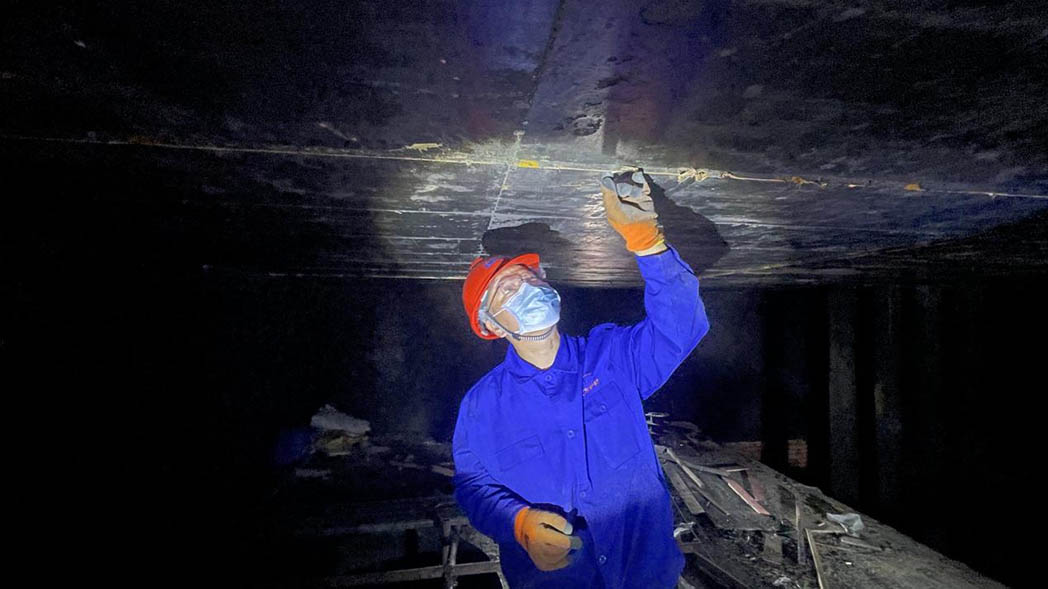
For mixing of high temperature resistant castables such as phosphoric acid and phosphate, first pour the dry material into the mixer for dry mixing for 1.0min, add about 3/5 of the binder for wet mixing for 2-3 min, then discharge the material, transport it to the designated place for stacking, cover it tightly with plastic film, and trap the material for more than 16h. The trapped materials and coagulant accelerator shall be weighed and poured into the mixer for secondary mixing, and the remaining binder shall be added for wet mixing for 2-4min before use.
During mixing of high temperature resistant castables, if additives such as heat-resistant steel fiber, fire-resistant fiber and organic fiber need to be added to the castables, they should be continuously scattered into the mixing materials of the mixer during wet mixing of castables. They should be scattered and mixed at the same time, and should not be put into the mixer in groups.
After the mixture is discharged from the mixer, if it is too dry, too thin or lacks some material, the material shall be discarded and shall not be added again; The mixture discharged from the mixer shall be within 0.5~1.0h.
Post time: Oct-24-2022

